Jeffrey Birnbaum is the co-author of Showdown at Gucci Gulch, a book about the 1986 tax reform efforts in Congress.
Tax reform includes both a carrot and a stick. The carrot is lower tax rates. The stick is the elimination of tax benefits to pay for lower rates. Finding the balance between the two is what lawmakers will have to do if they want to overhaul the federal tax laws.
Unless they decide to dispense with the stick.
In 1986, the last time full-scale tax reform was successfully attempted, lawmakers and the Reagan administration struggled to find enough revenue to pay for deep rate cuts. That epic legislative saga can be convincingly retold by mapping the ups and downs of important tax increases. When new revenue sources were found, the enterprise moved ahead. It came close to failure every time revenue increases were rejected.
But 31 years later, Congress is almost completely unaccustomed to making hard choices. Lawmakers rarely take things away from their constituents these days. Witness the logjam over repealing Obamacare. A tax increase, especially a large one, is almost beyond the imagination of sitting members of the House and Senate—hence the central problem confronting tax reform.
Tax writers today are balking at accepting the major tax increase that undergirds the leading tax reform plan in the House of Representatives: the Border Adjustment Tax (BAT). The BAT has been beaten nearly to death by the retail lobby.
So, what do lawmakers do? The best guess among seasoned observers is that Congress will embrace a series of tax hikes on a range of other businesses, especially those that are profitable and can “afford” it. But what will those targets be? The interests and industries that make the strongest cases about themselves to the public and to lawmakers are likely to be spared. Others will be vulnerable. But an unhappy alternative is also hanging out there.
2018 is an election year for a third of the Senate and all of the House. The Trump administration has clearly had trouble organizing itself enough to advance legislation, even though the president came to Washington promising all sorts of accomplishments. If the Republicans in charge have nothing to show for their efforts, they will have ample reason to fear that voters will toss them out.
Out of political expediency and desperation, perhaps with the backing of President Trump, they could succumb to the temptation to adopt only half of what used to be called reform—the easy half. They could decide to pass rate cuts without paying for them. This has been hinted at for months, but it could really happen, especially if the economy begins to falter. Cutting taxes is a time-honored way to stimulate economic growth. This route is also a sure way to widen the budget deficit and saddle the next generation with debts they will be unable to handle. In 1986, tax reform had to add to zero. Rate cuts had to be paid for by curtailing benefits elsewhere in the code.
That was then. Now, lawmakers are flailing and are apt to do almost anything. If they would like some advice, here it is for what it’s worth: It would be better to curtail reform ambitions than to pretend that tax cuts pay for themselves.
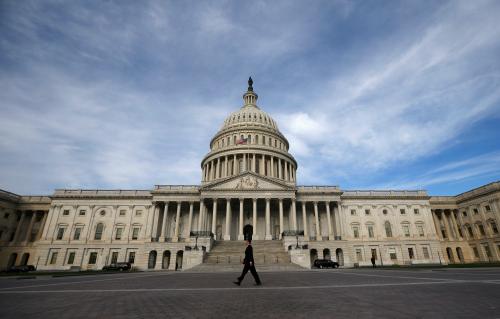
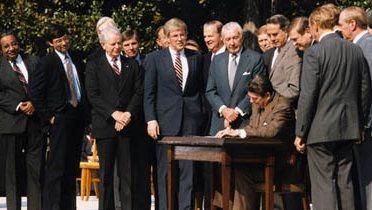
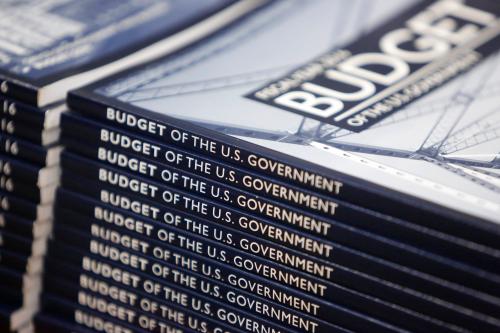
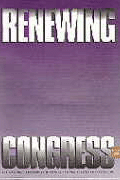
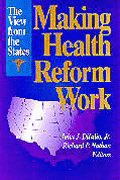



Commentary
Carrot without the stick? Congress can’t pretend tax cuts pay for themselves
June 19, 2017